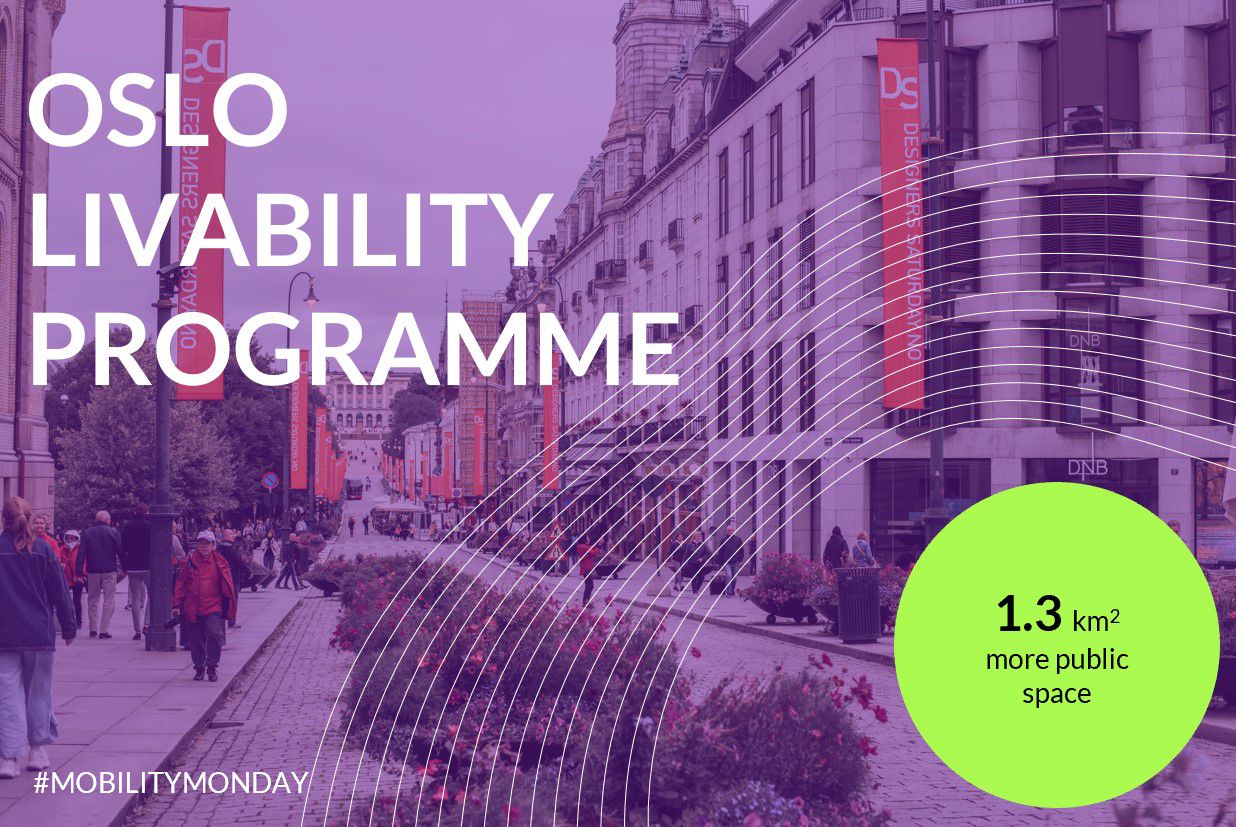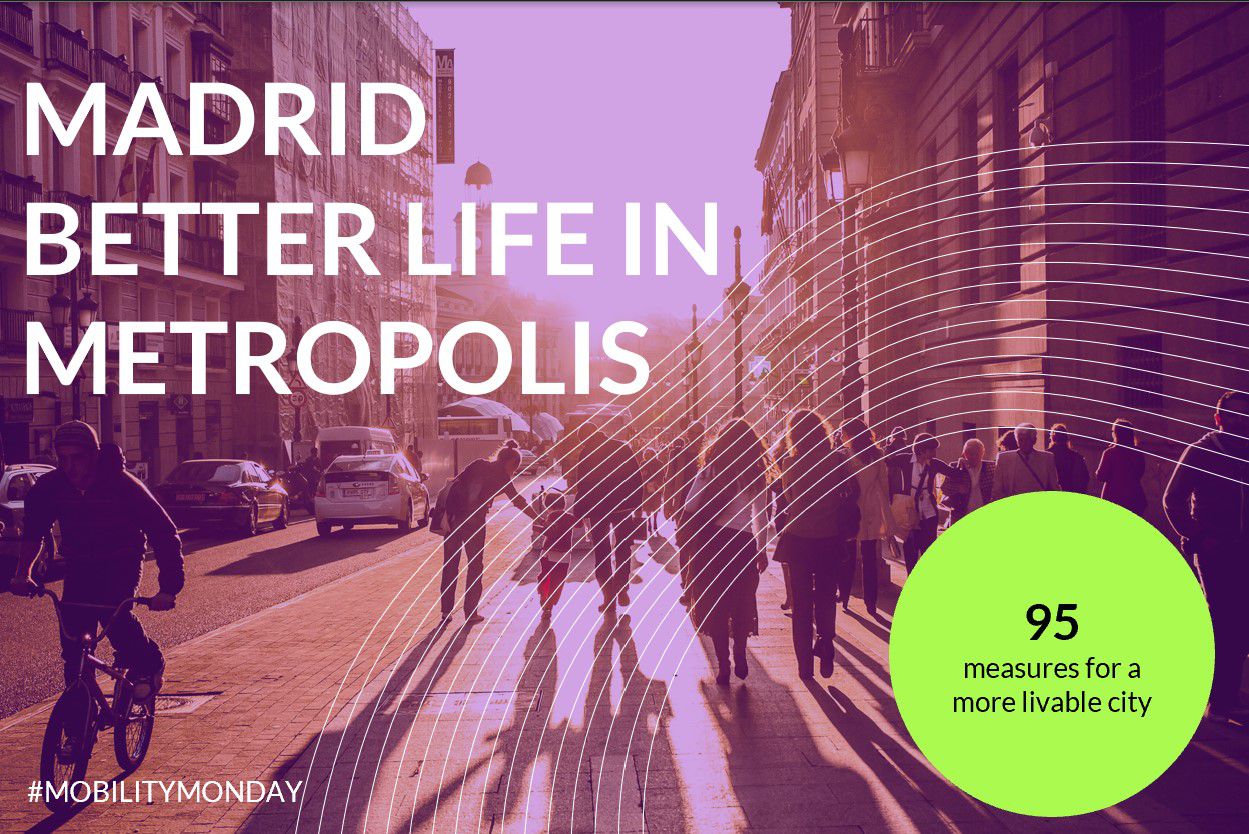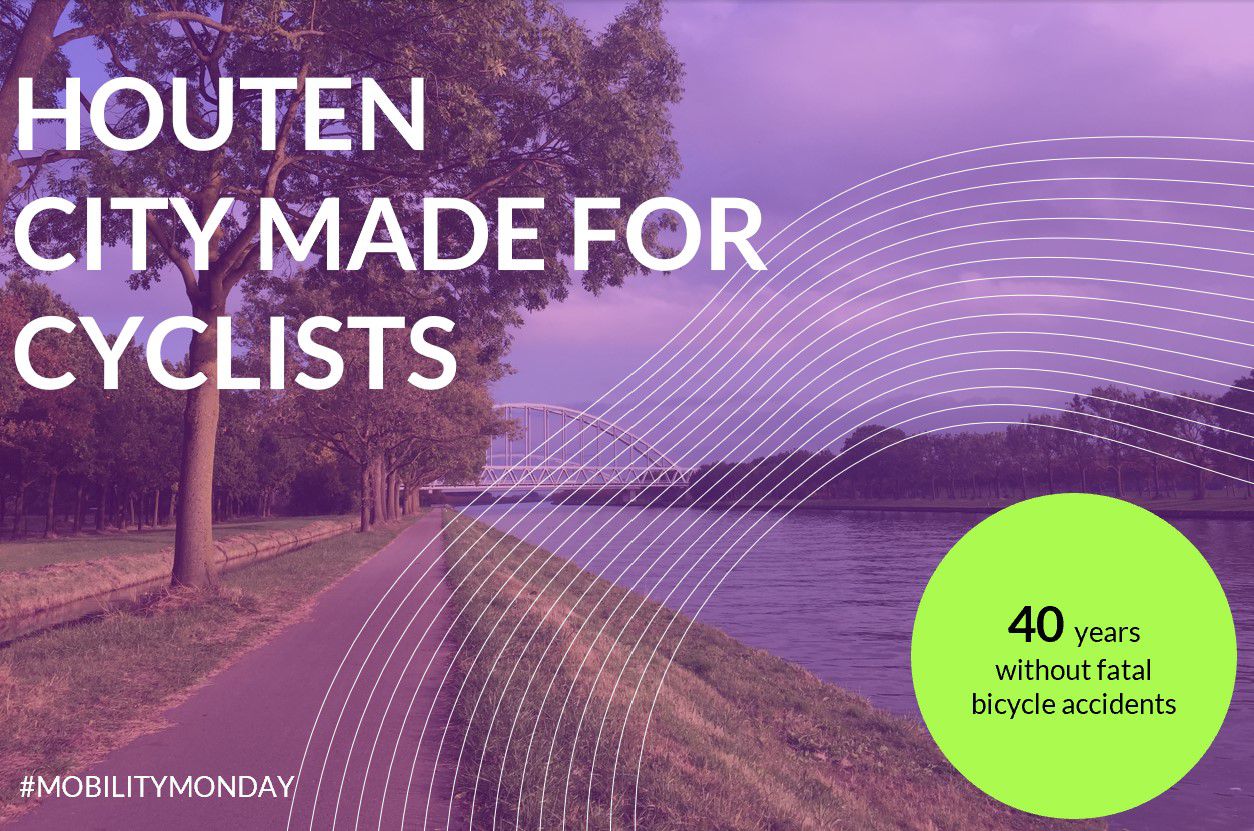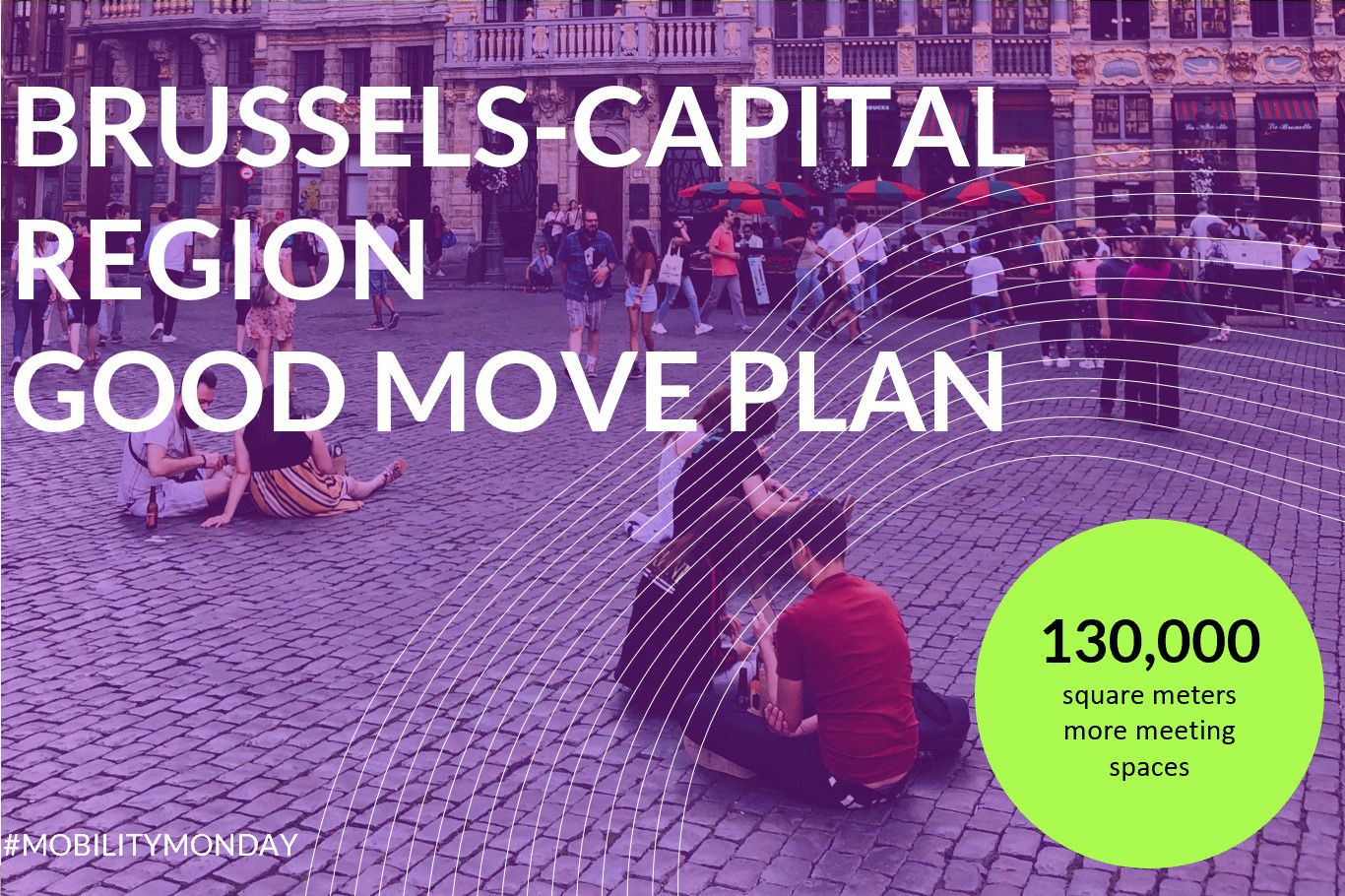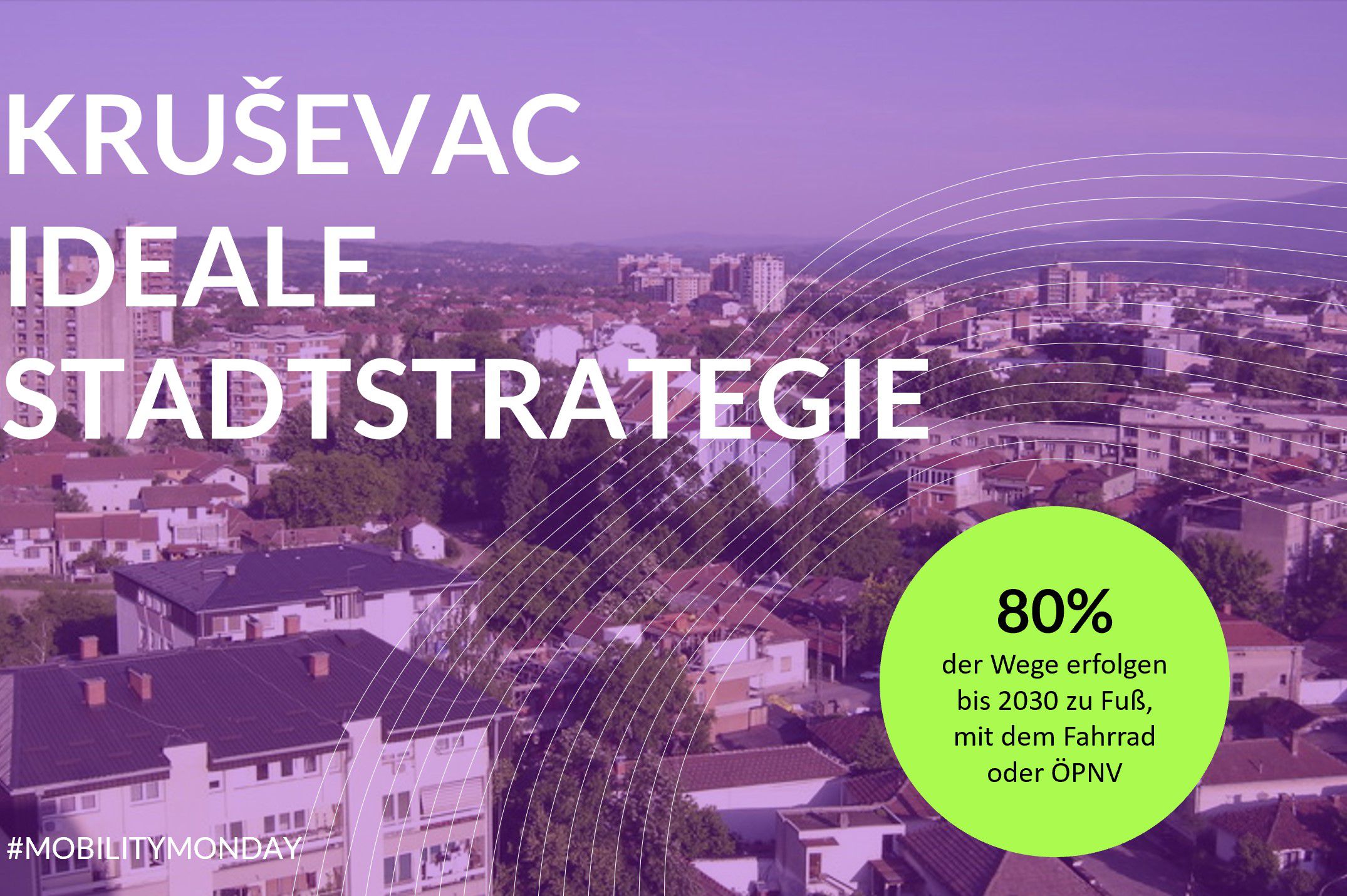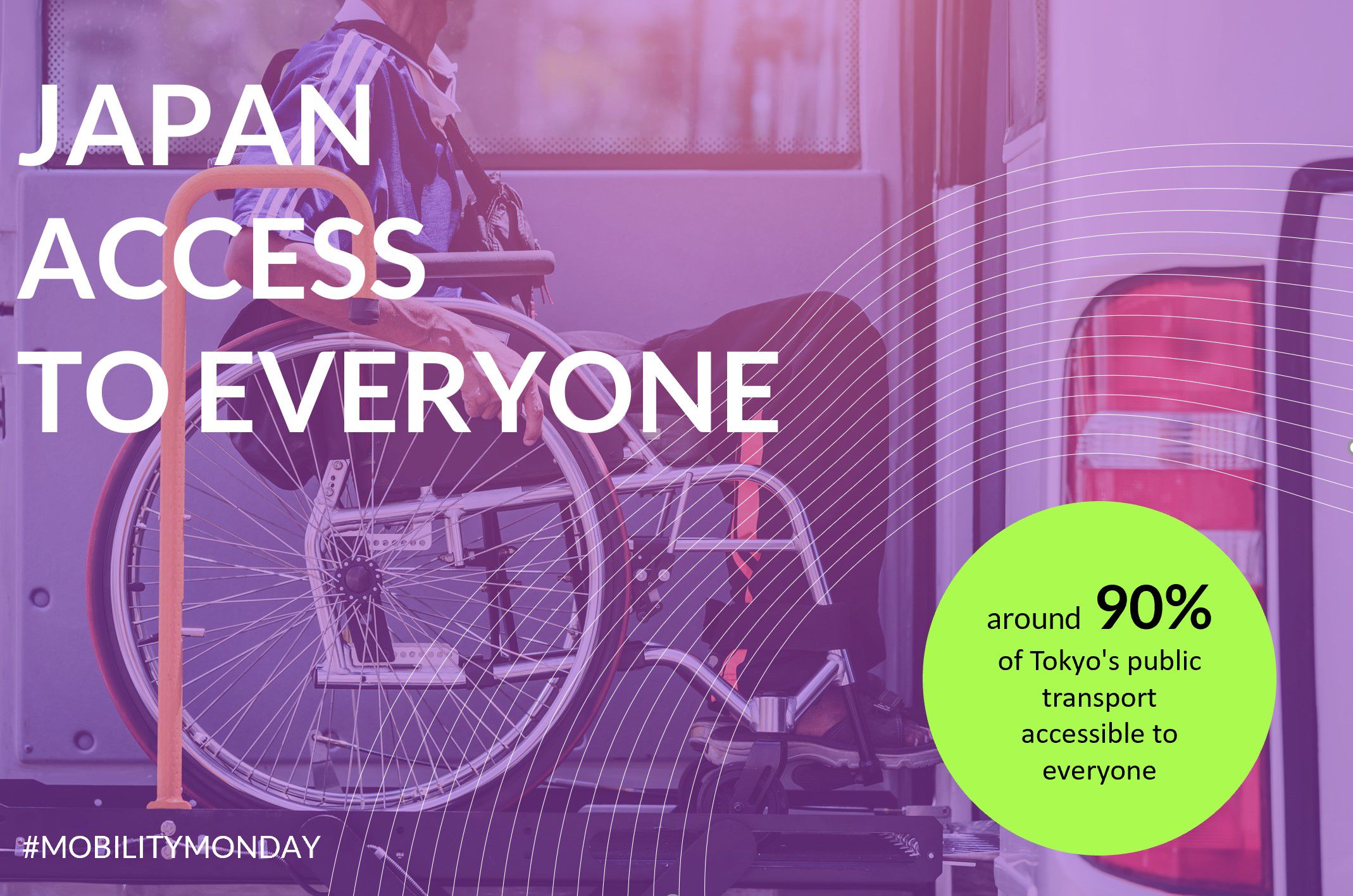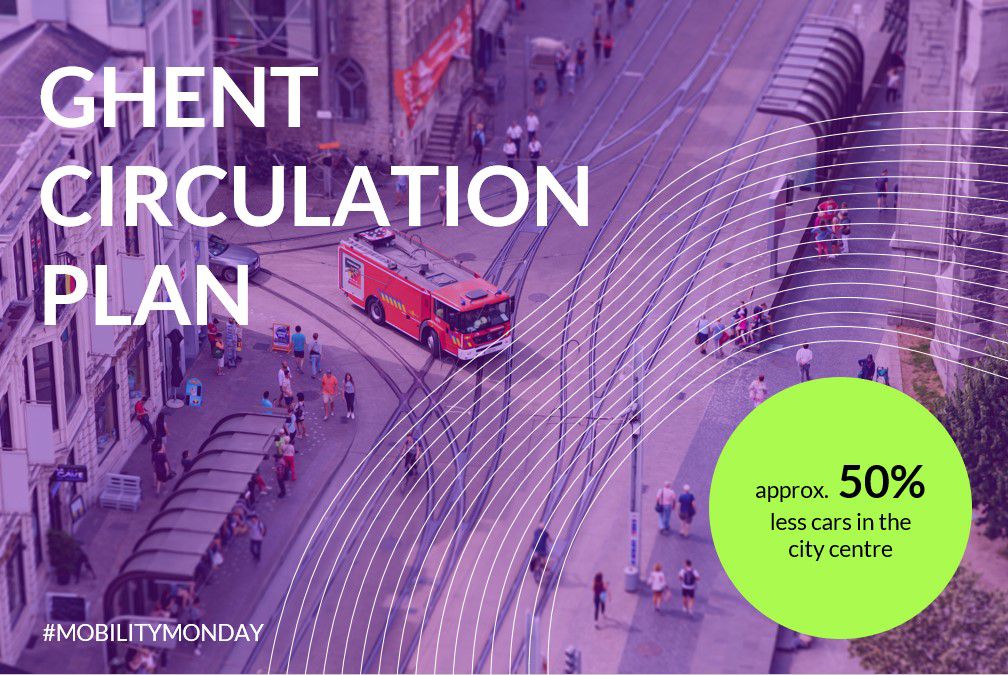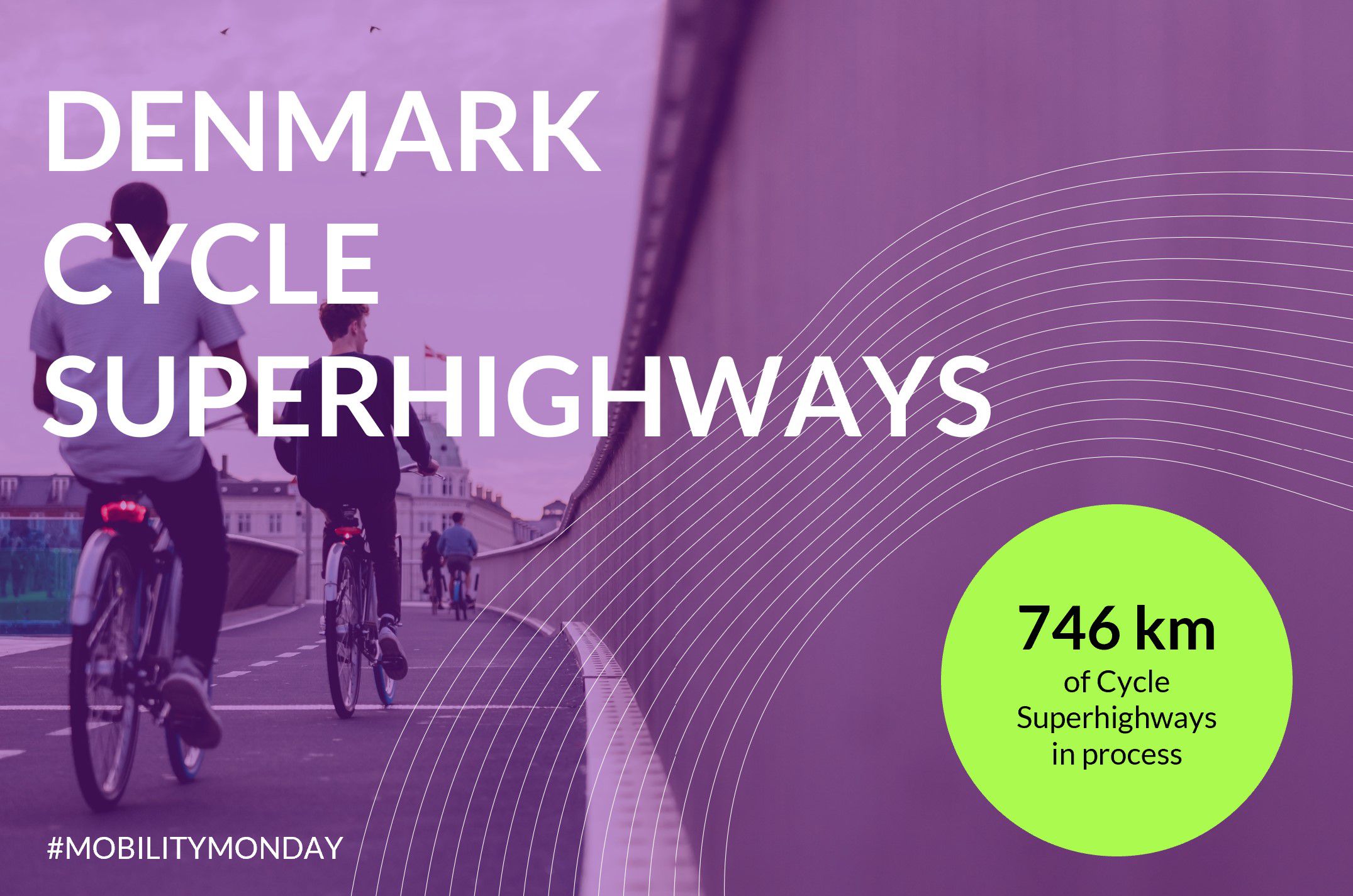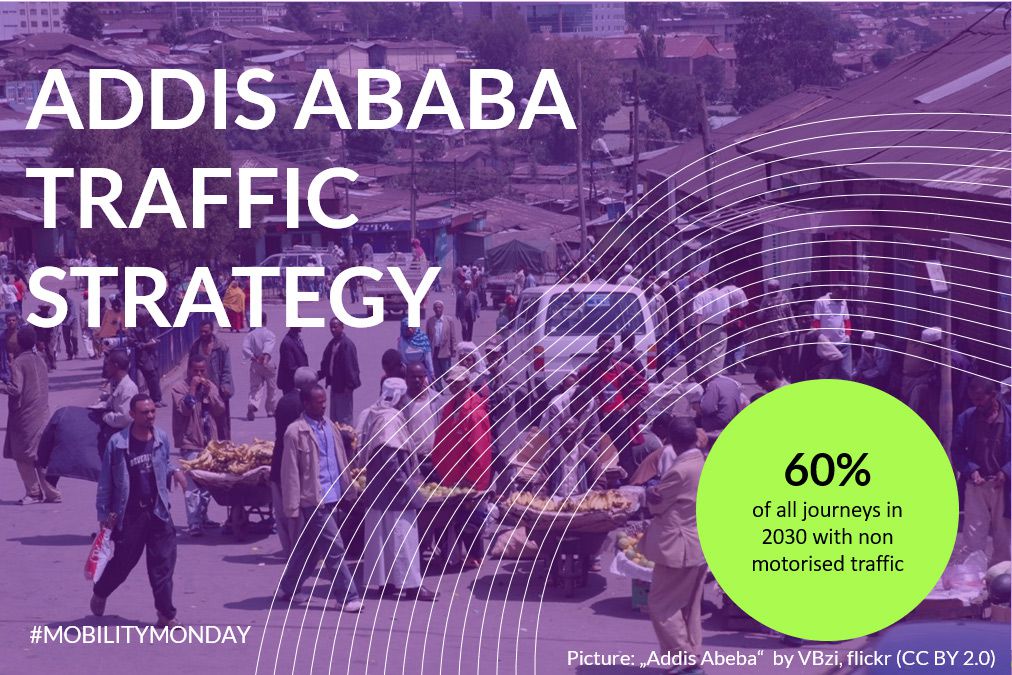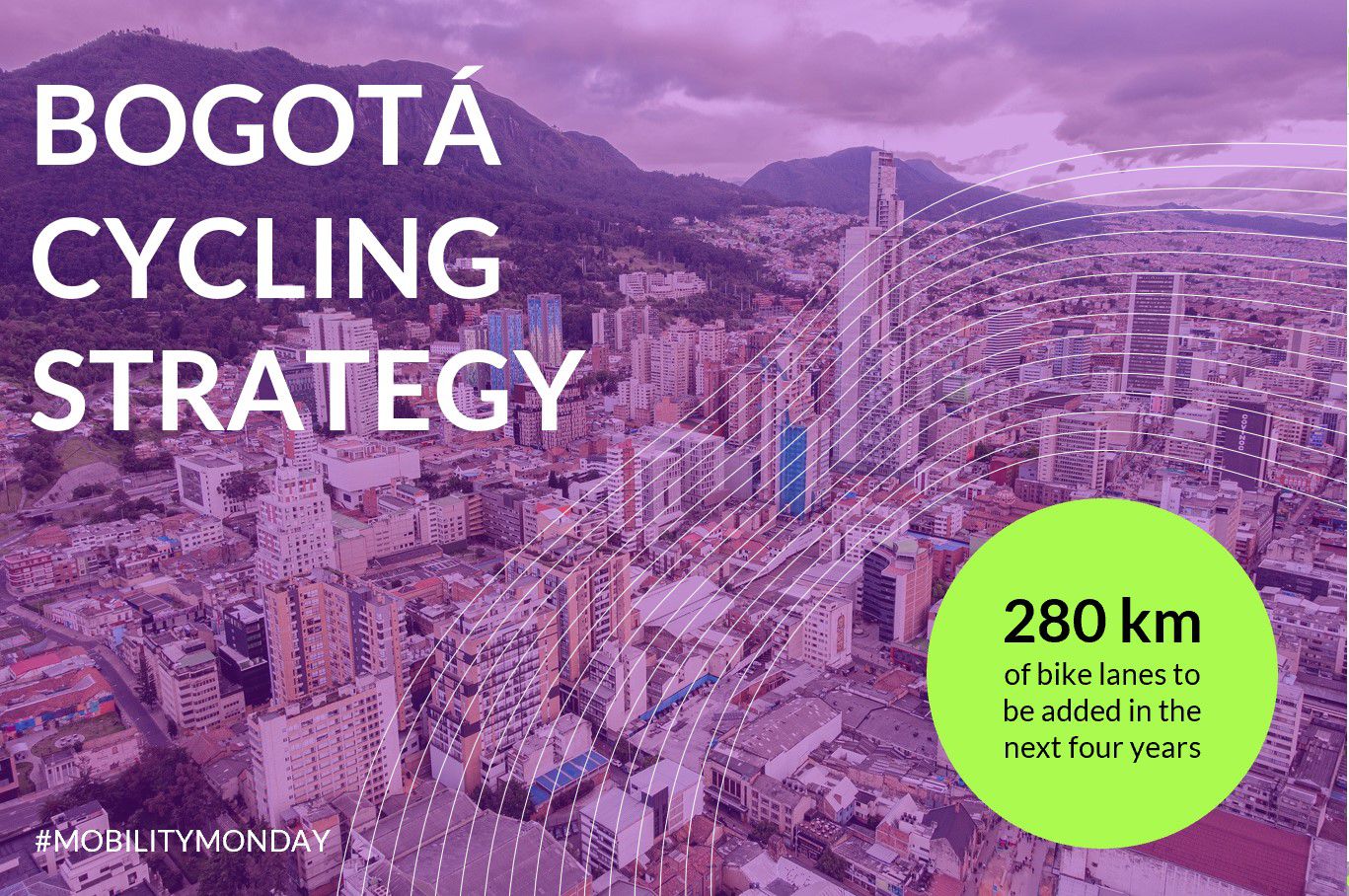Oslo Livability Programme
Whether people want to spend time in public urban spaces depends on their accessibility and safety.
The 2014 survey of urban space use in Oslo revealed that connectivity, accessibility, and appearance of urban space in Oslo need to be improved. As a result, Livability Program was launched to create a greener and more livable city. The vision was that streets and squares would turn into safe and attractive meeting places featuring cafes with terraces, playgrounds, and urban art installations.
One of the most important measures was to increase street safety by reducing the number of parking spaces in the city center, as well as the expansion of public transport services and the development of a more favorable pricing policy. In 2018, 760 parking spaces in the city center were substituted by 1.3 km2 of bike paths, benches, and parks. In 2019, Oslo achieved Vision Zero: zero pedestrian and cyclist fatalities in the city center.
It is expected that the proportion of citizens who travel by car will decrease by 33% by 2030. This will help achieve the goal of the Norwegian Climate Strategy, which is to reduce greenhouse gas emissions by 95% by 2030.
